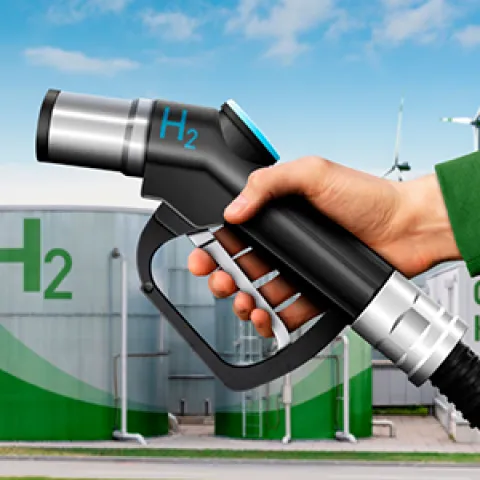Reengineering for E-Mobility: What Combustion Component Suppliers Need to Know
- Expert Article
Matthias Fail
Product Line Plant & Production Engineering Senior Product Manager

One of the main challenges will be the reconversion of factories to adapt them to new production processes, a change that also requires a transformation of skills, moving from traditional mechanical know-how to the mastery of electricity and software.
- Matthias Fail, Product Line Plant & Production Engineering Senior Product Manager, AVL List GmbH

Suppliers will need to focus on developing and manufacturing battery cells and modules, and must master power electronics, laser welding, plasma cleaning, and 2k thermal adhesives.
- Matthias Fail, Product Line Plant & Production Engineering Senior Product Manager, AVL List GmbH

Fast-charging technologies for BEVs will be a crucial innovation enabling faster charging times and facilitating user adoption, and the production of green hydrogen through electrolysis will also make hydrogen a more accessible and cost-effective fuel.
- Matthias Fail, Product Line Plant & Production Engineering Senior Product Manager, AVL List GmbH
